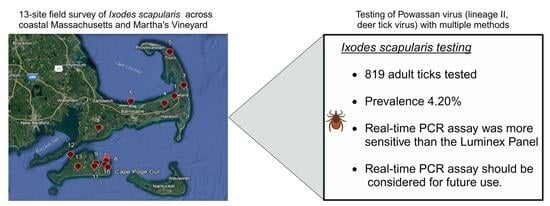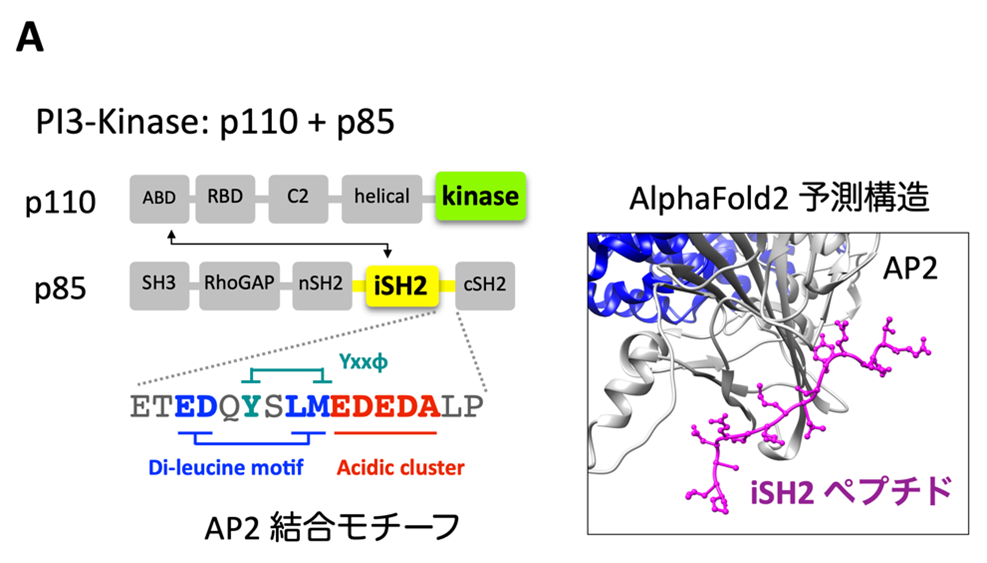2024-03-20 ハーバード大学
<関連情報>
- https://seas.harvard.edu/news/2024/03/repairing-patients-dura-more-durably
- https://www.science.org/doi/10.1126/scitranslmed.adj0616
強靭な生体接着性ハイドロゲルが、ブタおよび生体外ヒト組織における硬膜の無縫合封鎖をサポートする。 A tough bioadhesive hydrogel supports sutureless sealing of the dural membrane in porcine and ex vivo human tissue
KYLE C. WU , BENJAMIN R. FREEDMAN , PHOEBE S. KWON , MATTHEW TORRE , […], AND DAVID J. MOONEY
Science Translational Medicine Published:20 Mar 2024
DOI:https://doi.org/10.1126/scitranslmed.adj0616

Editor’s summary
The dural membrane encloses the central nervous system and is essential for appropriate brain and spinal cord function. After neurosurgery, the standard for dural closure is sutured repair, which faces several challenges. Here, Wu et al. applied a mechanically tough bioadhesive hydrogel for sutureless repair of dural tissues in an aqueous environment and under supraphysiological pressure. The bioadhesive hydrogel’s mechanical properties were superior to commercial tissue sealants when tested in porcine dural tissue. Simulated surgical application in human tissue ex vivo and in a porcine model of thecal sac injury in vivo demonstrated superior adhesion under increasing pressure. Biocompatibility was demonstrated over 4 weeks in a rat craniotomy model. This study supports the potential of this tough bioadhesive hydrogel for dural repair after neurosurgery. —Molly Ogle
Abstract
Complete sequestration of central nervous system tissue and cerebrospinal fluid by the dural membrane is fundamental to maintaining homeostasis and proper organ function, making reconstruction of this layer an essential step during neurosurgery. Primary closure of the dura by suture repair is the current standard, despite facing technical, microenvironmental, and anatomic challenges. Here, we apply a mechanically tough hydrogel paired with a bioadhesive for intraoperative sealing of the dural membrane in rodent, porcine, and human central nervous system tissue. Tensile testing demonstrated that this dural tough adhesive (DTA) exhibited greater toughness with higher maximum stress and stretch compared with commercial sealants in aqueous environments. To evaluate the performance of DTA in the range of intracranial pressure typical of healthy and disease states, ex vivo burst pressure testing was conducted until failure after DTA or commercial sealant application on ex vivo porcine dura with a punch biopsy injury. In contrast to commercial sealants, DTA remained adhered to the porcine dura through increasing pressure up to 300 millimeters of mercury and achieved a greater maximum burst pressure. Feasibility of DTA to repair cerebrospinal fluid leak in a simulated surgical context was evaluated in postmortem human dural tissue. DTA supported effective sutureless repair of the porcine thecal sac in vivo. Biocompatibility and adhesion of DTA was maintained for up to 4 weeks in rodents after implantation. The findings suggest the potential of DTA to augment or perhaps even supplant suture repair and warrant further exploration.


